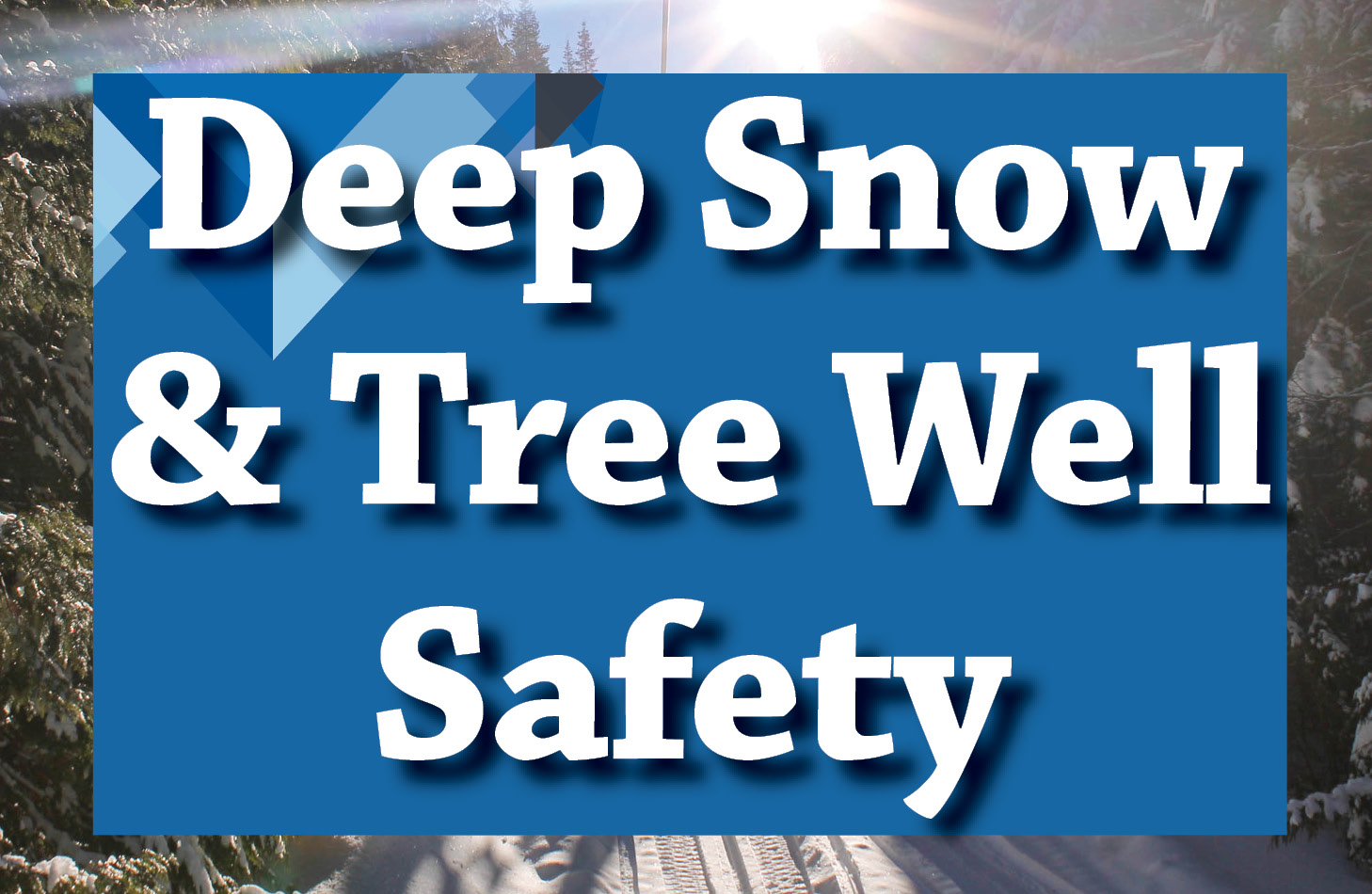29°F


A tree well/ snow immersion suffocation accident can happen when a skier or snowboarder falls – usually headfirst – into a tree well or deep loose snow and becomes immobilized and trapped under the snow and suffocates.
In an inverted position you can become trapped under the snow. Breathing becomes difficult as the loose snow packs in around you. Without immediate help from your partner, you may suffocate. Prevention of falling into a tree well or areas of deep snow is all-important because the odds of surviving deep snow immersion are low.
90% of people involved in Tree Well/ SIS hazard research experiments could NOT rescue themselves. If a partner is not there for immediate rescue, the skier or rider may die very quickly from suffocation - in many cases, he or she can die as quickly as someone can drown in water.
90% OF PEOPLE INVOLVED IN TREE WELL / SIS HAZARD RESEARCH EXPERIMENTS COULD NOT RESCUE THEMSELVES.
A tree well is a void or depression that forms around the base of a tree can and contain a mix of low hanging branches, loose snow and air. Evergreen trees in particular (fir, hemlock, etc) can have large, deep tree wells that form when low hanging branches block snow from filling in and consolidating around the base of the tree. These voids can be hidden from view by the tree’s low hanging branches.
There is no easy way to identify if a particular tree has a dangerous tree well by sight therefore, treat all tree wells as dangerous.
In simple terms, a tree well is a hole or void in the deep snow, which is clearly marked by a tree. You can easily identify and avoid these areas.
WHAT TO DO IF YOU GO DOWN
Yell or use whistle to get your partners attention.
Do whatever you can to keep your head above the surface of the snow including rolling, grabbing tree branches or the tree trunk. If possible, keep your feet below level of your head.
If you become immersed, make a space around your face and protect your airway – resist the urge to struggle, it could compromise your airspace and entrap you further.
Stay calm to conserve air.
Trust your partner is on their way.
If possible, use your cell phone to call ski patrol or the resort's emergency number.
